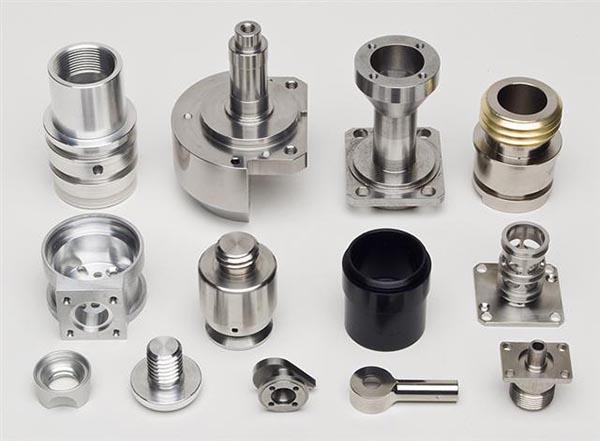Custom machining services are expensive, for the most part. This is a given with milling services especially. The precision required for accurate milling work is something that only competent professionals with reliable equipment can achieve. If you are wondering what are you getting out of customized milling services we have the full rundown of these costs for you. Take a look at them.

CNC-milling-parts*
Calculating Milling Services
There are a lot of elements that contribute to the overall cost of a single CNC milled part. Most of the quotes received by customers include a slight profit margin. Given the importance of this kind of job on certain products, the calculations are often based on the money that is used to pay the personnel and to keep the CNC milling machine running with accuracy. In the larger scheme of any manufacturing, project milling is truly important, but it doesn’t leave too many profits.
· Raw Materials
The need to mill something begins with a manufacturing project. To get started, we need to spend some money on the materials that will be milled. While machining involves assembly, milling is all about shapes and geometry. You need to study your product to choose the right material to work with. You will find the stock of this material in two forms: as plate or sheets, and as cubes. Most milling services out there offer the option to upload the model of the finished part to find the best material for your project.
· Tooling
If a handyman gives you an invoice, you will see a description on it for tooling. He is essentially charging money for using his tools on the work you need. It works the same way with CNC milling services. Tooling in CNC milling uses jigs, fixtures, loading mechanisms, tool holders, and many elements required to work the raw material and mill it accurately. Each one of these costs can’t be estimated automatically. Most CNC milling shops are pretty flexible when it comes to expenditure since modern milling machines achieve a rate of success of 95%. The bad news is that the lost 5% comes out of your pocket if the milling task is too complicated.
· Cutting Tools
CNC milling machines use cutting tools and cooling liquids. Both elements are consumables that need to be replaced after a period of use. Most cooling fluids are recycled by milling shops, making the cost of this element negligible. The most significant expenditure in milling is done on cutting tools. If you are wondering why this happens this way, the answer is pretty simple. A cutting machine used for plastics and acrylics will last a long time. A cutting tool used on dense woods, metals, or even stone will wear out pretty quick. Add to the equation specialized tasks that demand unique cutting tools such as diamond cutters, and you will have a pretty good idea about the expenses on this stage.
· Machining Costs
Milling machines use a lot of electricity to their jobs. 5-axis CNC milling machines use quite a lot of power. Most of these devices are set in place with pneumatic systems to enhance their performance. This additional system uses a lot of electrical power. Milling shops also have to account for depreciation costs, as well. Most of these charges a rate of use per hour that takes these factors into account. The fees will increase if the finished parts have to be processed on more than one machine.
· Quality Tests
Each milled part has different quality requirements. The most precise and polished finishes demand higher costs. Some CNC shops add a tolerance coefficient in their quotes. That’s good news on your end because you can factor the expenditure and make sure you are getting a sturdy product. All milling manufacturing operations also account for the number of faulty products on their end based on a given rate on your side. If you place a low number, the work done on their side will increase, and they will charge more for it.
· Technician Salary
As we said previously, milling tasks require a set of human hands to achieve better results. A trained technician always costs money. This is especially true if the milled part requires constant loads and unloads to get the finished product according to specifications. If the milling shop paid for the training of the technician, they would probably charge for that too.
· Shipping Costs
In this globalized world, there are a lot of shipping options out there, but most milling companies have partnerships in place to handle the logistics of your finished parts on their end. As you can guess, taking the worry about shipments out of your head costs money. The good news is that most CNC milling shops have a lot of options when it comes to shipping options. Air shipping will always be quick, but pretty expensive. Shipping parts on a boat is probably the best option if you are not in a hurry.
Reference
*Image from https://www.taiwantrade.com
